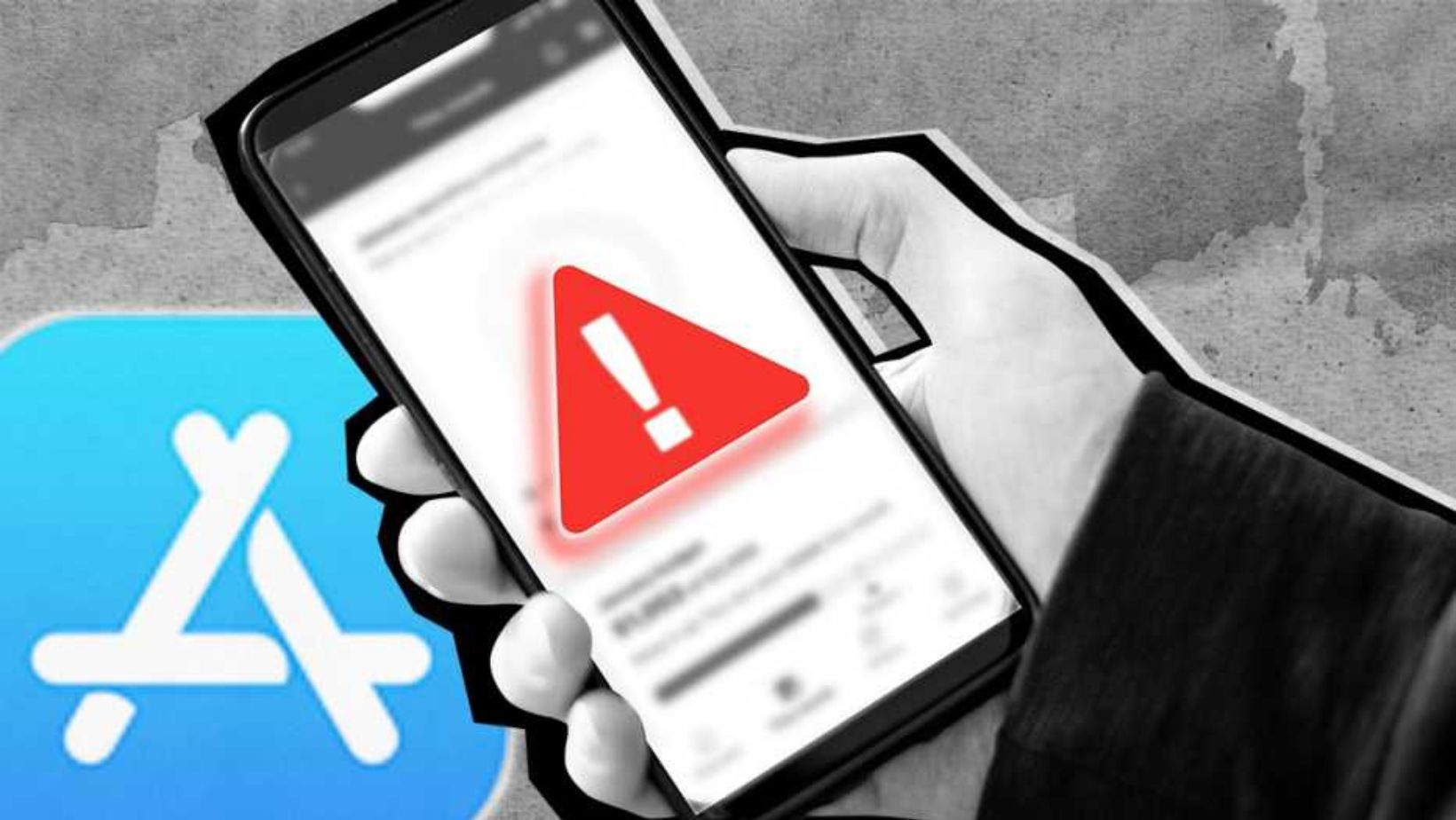Account verification can be tricky, but it doesn’t have to feel like solving a puzzle. It’s about proving you’re you without jumping through hoops or risking your privacy. As digital tools grow, keeping personal data safe is more important than ever.
New methods make this process easier, too. Single Sign-On (SSO) helps people log into apps using just one login. Passwordless options like biometrics or push alerts are popular and booming—set to jump from $12.79 billion in 2021 to over $53 billion by 2030! Adaptive authentication goes further, using machine learning to check for risks on the fly.
But how do we balance safety with simplicity? Or keep things fast but private? These questions matter as much as building trust with users through clear policies and smooth experiences.
Let’s dive into smart ways to simplify account verification that works for everyone!
Methods to Simplify Account Verification
Making account verification easy doesn’t have to be a headache. Simple tools and smart techniques can make the process faster while keeping your data safe.
Use Single Sign-On (SSO)
Single Sign-On (SSO) lets users access many apps with just one login. It makes life easier by reducing the need for multiple passwords. Modern SSO systems use secure protocols like OpenID Connect and SAML 2.0 to verify identities safely.
There are two types of SSO: on-premises and cloud-based solutions. Businesses can pick based on their needs. With fewer passwords, there’s less risk of phishing attacks stealing credentials.
Though effective, it has its risks, too—one point of failure could expose all linked accounts if not protected well.
Leverage Passwordless Authentication
Switching from Single Sign-On (SSO) to passwordless authentication makes logging in even easier. Forget typing long, confusing passwords or guessing which one you used last time. Instead, methods like one-time passwords (OTP), push notifications, and fingerprint scans do the job for you.
Do you know that over 41% of smartphone users already rely on biometric features? It’s quick, secure, and feels like a breeze.
Over 40% of help desk tickets are still about forgotten passwords. Passwordless systems cut those worries out completely. Companies like Udentify use AI-driven facial recognition to make this process faster while adding liveness detection for security.
The market itself proves its growth—$12.79 billion in value in 2021 is expected to shoot past $53 billion by 2030!
“The best password is no password at all—just pure convenience.”
Implement Adaptive Authentication
Adaptive authentication steps up security based on user behavior. It checks things like location, device type, and login patterns. For example, if a user logs in from a new country, extra verification might kick in.

This adds safety without being annoying for regular users.
Tools like aiReflex and fcase help make this process smooth. They use machine learning to spot risks quickly while allowing safe logins with fewer interruptions. This keeps fraud low and lets real users access accounts easily.
Balancing Privacy and Security
Protecting privacy while keeping accounts safe is no easy task. Companies must walk a fine line to avoid harming user trust. Cybersecurity threats have become more frequent in recet years, making old methods like usernames and passwords less reliable.
A risk-based approach can help balance these needs. For instance, verifying users based on the sensitivity of the action adds safety without being invasive.
Emerging technologies offer smarter ways to boost security while respecting personal data. Encryption keeps information private, even during verification checks. Biometrics like fingerprint scans or facial recognition makes access quick but private since this data stays local on devices. Automated biometric identification systems, also known as ABIS software, can guarantees an efficient and scalable system capable of deployment in various industry applications.
Such tools allow companies to guard sensitive details yet still provide seamless entry for account holders.
Trust grows when businesses prioritize both protection and simplicity during verification steps. Users expect fast access but don’t want their privacy ignored in the process—strike that balance right, and customer satisfaction soars! Let’s now focus on enhancing the user experience during the verification processes next….
Enhancing User Experience During Verification
Clear instructions make a big difference during verification. Users should see concise steps with no confusing details. Adding instant feedback, like letting them know if a code is wrong or accepted, helps them feel confident and reduces frustration.

Mobile users especially benefit from clean interfaces that fit small screens without clutter.
Streamlining processes keeps people happy, too. Combine methods like face recognition and SMS codes to save time while staying secure. Show privacy information upfront in simple language so users trust the process more.
A few seconds saved here and there might seem small, but it can leave a lasting good impression on busy users.
Conclusion
Simplifying account verification doesn’t have to be a headache. Using tools like SSO, passwordless methods, or adaptive authentication makes the process quick and smooth. Privacy-focused solutions, like temp mobile number services, protect personal information while keeping accounts secure.
These strategies are easy to apply and cut out unnecessary hassle for users. Which step will you try first to boost both security and convenience? Small changes today can lead to safer online interactions tomorrow!